1.Banarasi:
3.NA-9:
4.NA-10:
6.NA-7:
7.Kanchan:
10.NA-7:
11.NA-6:
12.Chakiya:
Soil –
Climate –
Time of sowing
Amla cultivation is done in the month of July to September.
Spacing
Sow budded seedling at a distance of 4.5 m x 4.5 m in the month of May-June.
Sowing Depth
The pits of 1 metre square are dug and are left as such for 15-20 days for exposure to sun.
Method of sowing
Transplanting of budded seedlings in main field.
Seed Rate
For good growth use seed rate of 200gm/acre.
Seed treatment
Nutrient Requirement (gm/plant)
| NITROGEN | PHOSPHORUS | POTASH |
| 100 | 50 | 100 |
1.Boron
|
| Deficiency Symptoms |
|
| Correction Measure |
|
1.Leaf roller: Caloptilia acidula
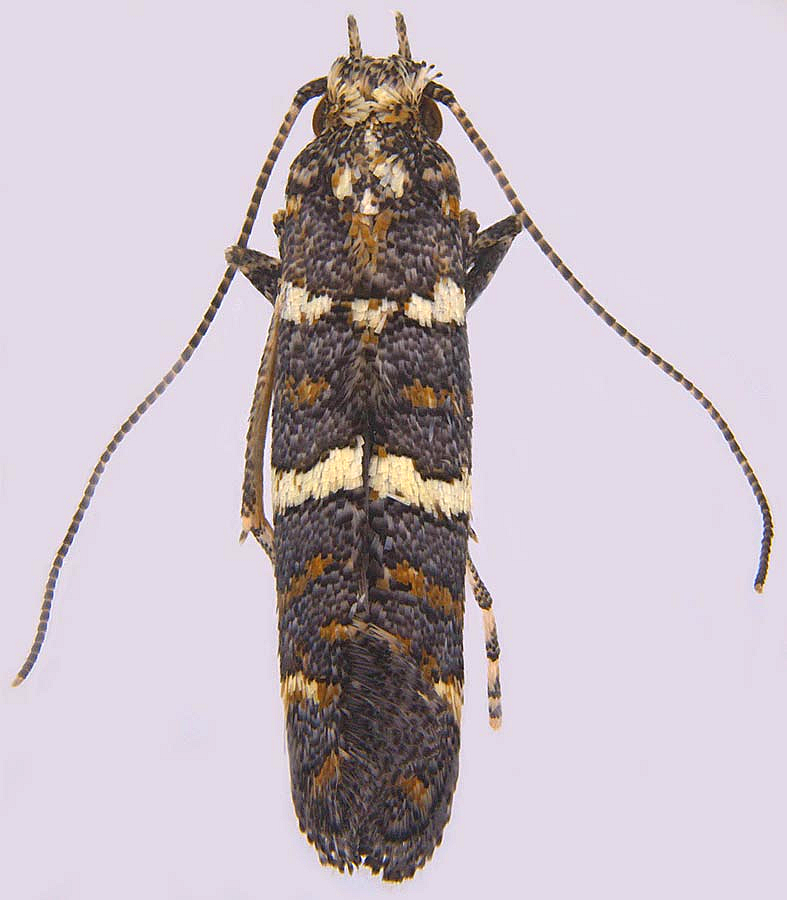
Symptom of damage
Management
2.Fruit Borer: Deudorix isocrates


Symptom of damage
|
Management
3.Fruit Piercing Moth: Othreis materna, O. fullonica and O. ancilla
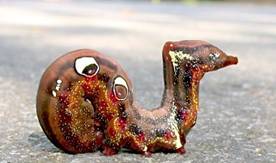
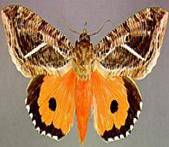
Symptom of damage
Management
4.Bark Borer : Indarbela tetraonis
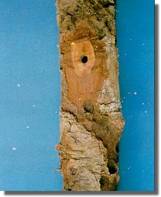
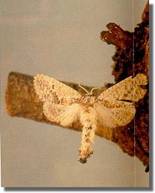
Symptom of damage
5.Aphid:Setaphis bougainvilleae

Symptom of damage
Management
|
6.Whitefly:Trialeurodes rara
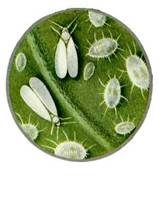
Symptom of damage
Management
|
7.Mealy Bug:Ferrisia virgata

Symptom of damage
Management
|
1) Rust :
Management-
2)Internal necrosis:
Symptoms-
Management-
Application of boron @0.6% is done in the month of September to October to get rid of this disease.
3) Fruit rot :
Symptoms-
Management-
After harvesting, grading is done. Then fruits are packed in bamboo baskets or crates or wooden boxes. For the less spoilage of crop perfect packing is done and quick transport is required. From amla fruits several products like amla powder, churna, chavanprash, arista and sweet preserves are made.
100 kg / tree annually
